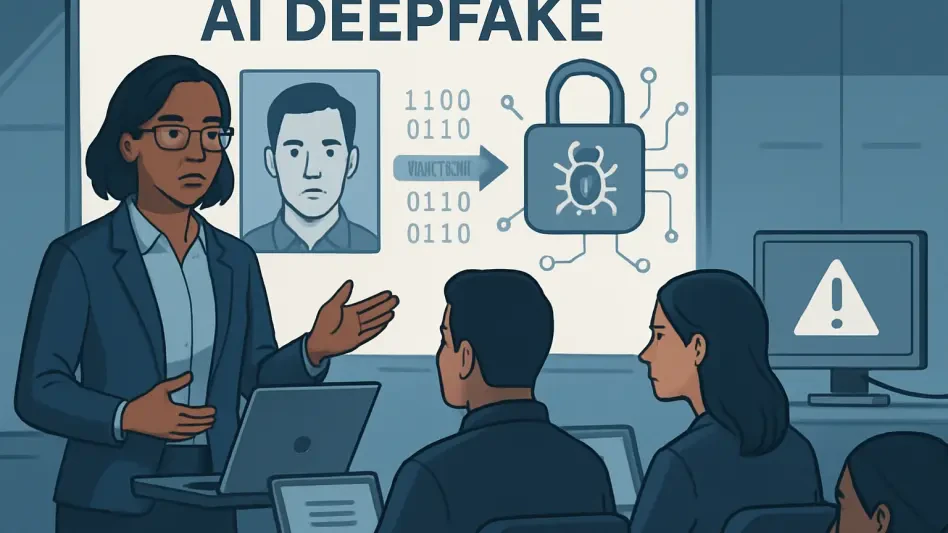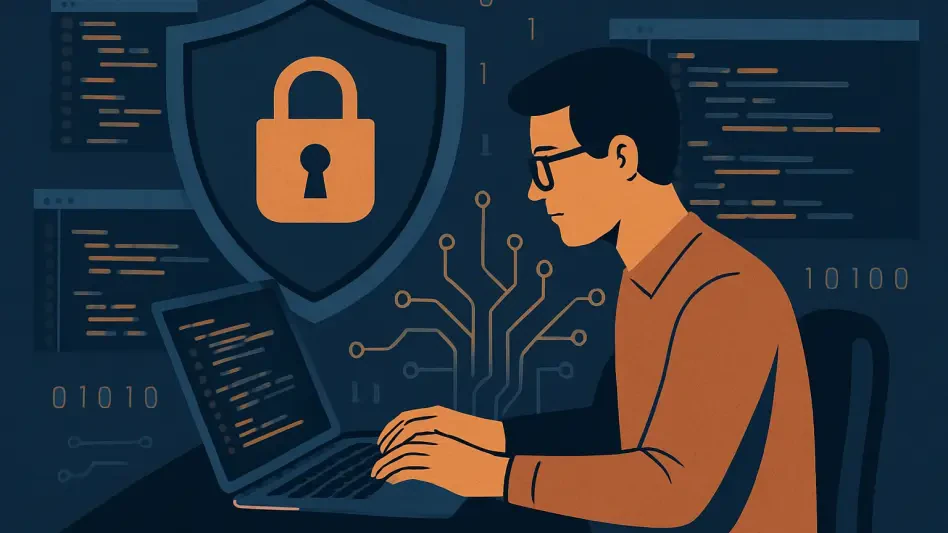In an era where technology evolves at a breakneck pace, the rise of artificial intelligence (AI) and deepfake technologies has introduced unprecedented challenges to cybersecurity, particularly in the realm of training and awareness. A compelling insight into this issue emerged from a recent address by Densmore Bartly, Chief Information Security Officer for the U.S. House of Representatives, at a notable technology workshop in Washington. Bartly emphasized that the sophistication of cyberattacks, fueled by AI advancements, threatens the sensitive data of critical institutions. With adversaries leveraging tools like deepfakes to deceive even the most cautious individuals, traditional security training methods are increasingly falling short. This growing gap between technological threats and human preparedness sets the stage for a deeper exploration of how training programs must adapt to counter these emerging risks while addressing the persistent issue of human error in security breaches.
Evolving Threats Demand Updated Training Approaches
The core of the cybersecurity challenge lies in the rapid evolution of AI-driven threats, such as deepfakes, which can replicate voices and images with alarming accuracy to manipulate and mislead. Bartly pointed out that conventional training, often focused on basic phishing awareness, no longer suffices in a landscape where attackers impersonate high-profile figures to gain trust and access. A striking example involved AI-generated messages mimicking a prominent U.S. official, fooling diplomats and staff alike. This incident highlights a critical vulnerability: many individuals lack the skills to detect such advanced deceptions. Bartly advocated for a shift toward more dynamic training programs that educate users on recognizing AI-enabled threats. By integrating real-world scenarios and simulations of deepfake attacks into learning modules, organizations can better prepare personnel to identify and resist these sophisticated tactics, ultimately reducing the risk of breaches stemming from human oversight or gullibility.
Addressing Human Error and Systemic Vulnerabilities
Beyond individual preparedness, the cybersecurity landscape faces broader systemic issues that compound the challenges posed by AI and deepfakes, necessitating a comprehensive defense strategy. Bartly humorously referred to human error as the “human in the middle,” underscoring that even the most advanced tools cannot fully protect against lapses in judgment or awareness. Additionally, vulnerabilities extend to third-party supply chains, cloud services, and flawed software, which adversaries exploit to access critical data. Protecting these so-called “crown jewels” requires more than just technological safeguards; it demands a workforce educated on the full spectrum of risks. Bartly’s insights from past efforts revealed that a proactive approach, blending continuous learning with robust system audits, proved effective in mitigating threats. Moving forward, organizations should prioritize tailored training initiatives alongside systemic improvements to fortify defenses against the multifaceted dangers of an ever-changing digital environment.








